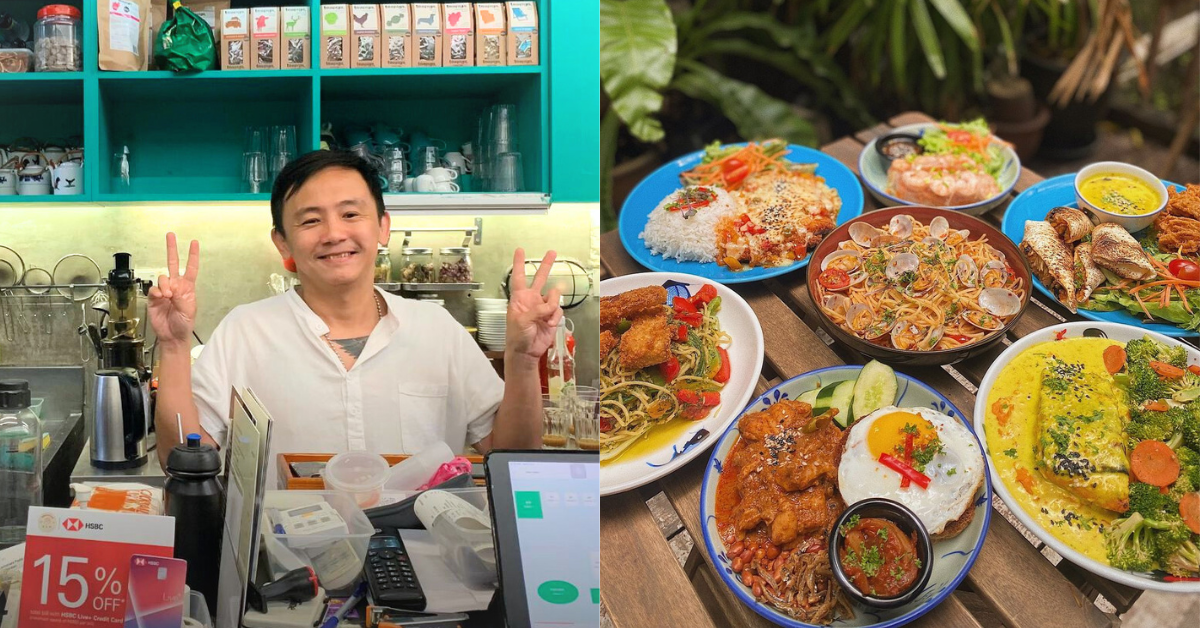Gone are the days when the go-to spot for a catch-up session with friends are bars or shopping malls. Nowadays, people are looking for cafes to dish out the latest hot gossip. This is especially true if you’re a millennial or younger.
Being part of the latter demographic, I’ve noticed that we typically seek cafes that deliver on three fronts: good food, good ambience, and good decor that’s aesthetically pleasing. Our camera has to eat too, right?
Entrepreneurs have picked up on this trend as well and many new cafes are popping up every month.
So how do you stand out? Or more importantly, how do you stay relevant and sustainable in the vibrant cafe scene? We’re no experts in that but we did have a chat with co-founder Ken Ho of Merchant’s Lane, one of the pioneering cafes in Petaling Street.
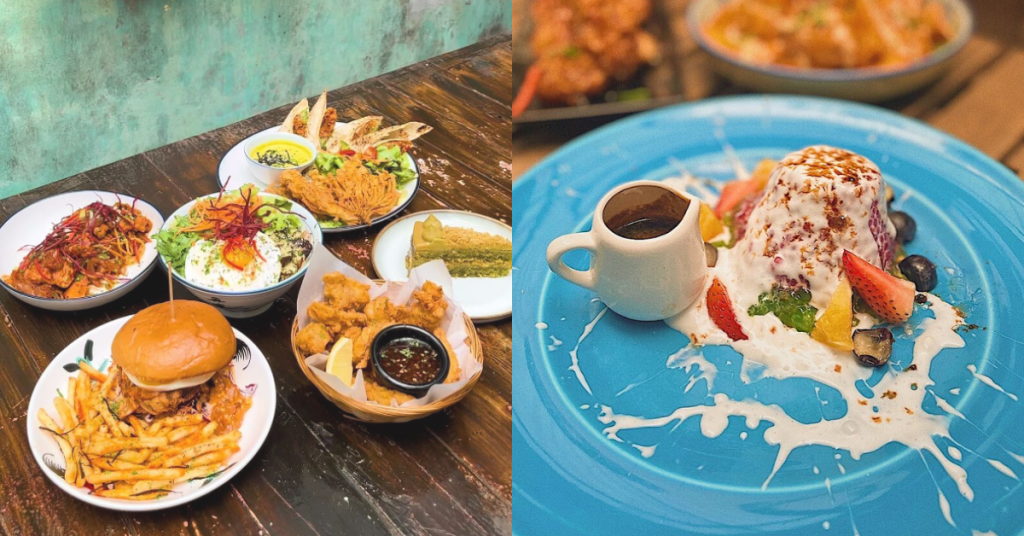
Here are five realities of running a cafe that you need to know before opening your own, according to what he’s practised.
1. Delicious food isn’t enough, you need to be a destination
By now, you’ve probably noticed a clear pattern that cafes in Malaysia have been following. Each of them prioritise heavily on having a theme that’s present in either their decor, menu curation, or both.
And it all boils down to one simple reason: customers want unique experiences.
It’s not enough to just have delicious food, as the market these days craves something more. According to a study reported by Forbes, 67% of millennials and Gen Zs that were surveyed are willing to pay more for unique experiences.
In other words, “The focus now is to evolve and become a destination,” Ken stated.
Since Merchant’s Lane is located in Chinatown, a prime tourist spot in Malaysia, he’s leaning into that and readjusting the cafe’s branding to align better with it. From decor to the cafe’s offerings, more cultural and historical aspects of Petaling Street are being incorporated.
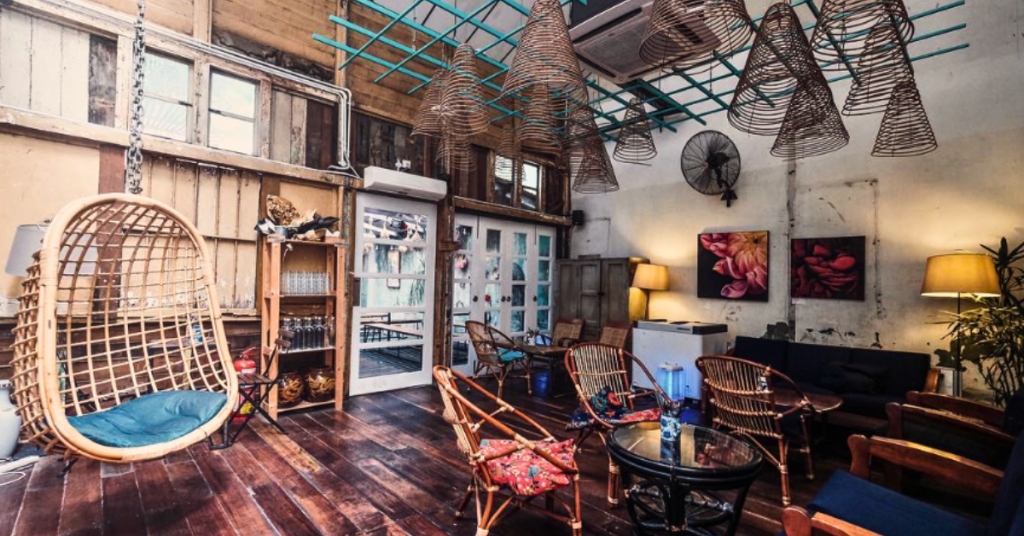
His advice to other entrepreneurs is to see what attracts people and build upon that.
2. Tell your story or fall under the radar
At the same time, don’t neglect the power of storytelling in your branding.
“I’m noticing as an F&B founder, you showing up, telling a story and giving people reason to come, it’s kind of what you have to do now,” Ken added. “Storytelling is extremely important and it’s not easy to get right, so you just [have to] keep trying.”
One of the easiest ways to do this is to simply put your story on social media, through sharing behind-the-scenes happenings or changes that your business is going through.
3. “You better be good, if not, you’re gonna die.”
Setting up an F&B enterprise, whether it’s a restaurant or a cafe, isn’t for the faint of heart. Why? Because it’s very capital intensive and the returns do not come immediately.
Speaking from his experience, Ken shared that the rental rates at Petaling Street are a killer. When he first opened Merchant’s Lane nearly 10 years ago, it was about RM12,000 per month. “Now it’s (the rates in the area) gone up to RM25,000 to RM35,000 easily.”
So if you have your heart set out on making your F&B business work then you have to give it your all. Or as Ken put it more bluntly, “You better be good, if not you’re gonna die.”
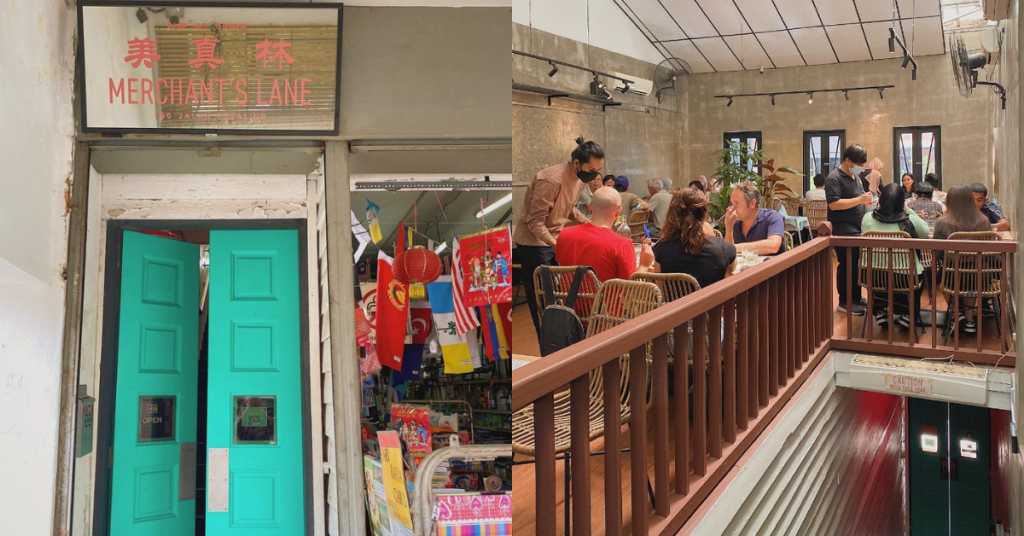
Most places can dish out good food and food ambience to attract people, which means you need to find a way to stand out. This doesn’t mean adding new frills like robot waiters or crazy concepts that don’t align with your branding.
To Ken, the key is actually much simpler—soul.
Your restaurant or cafe needs to make people feel good. You can achieve this by creating a warm ambience through design, but perhaps nothing beats connecting emotionally with customers.
“People want to feel nurtured and respected and when entering your outlet; they also want to be made to feel important. These key attributes go a long way to generating the heart and soul of an operation,” Entrepreneur Media reported.
4. “If you have nothing to offer while you’re opening, don’t.”
It sounds harsh but Ken has a good point.
As mentioned previously, F&B is a killer industry to be in. Most of the eateries tend to fail within the first few years. Forbes shared the main reasons being due to factors like poor leadership, a toxic workplace culture, and struggles in logistics.
Restaurants and cafes are also a dime a dozen in the current culinary landscape. It’s rare to find one that’s doing an entirely new concept, one that’s never been done before. This leads back to the previous point of bringing soul into your space.
“If you genuinely love to make coffee, and you generally gonna sit in your shop all day, talk to customers—you have a better fighting chance,” Ken said. From his observations, he’s noticed that neighbourhood cafes as a model seems to work.
But with that comes a whole lot of dedication and time spent there because as the owner, you’re actively involved in the day-to-day operations.
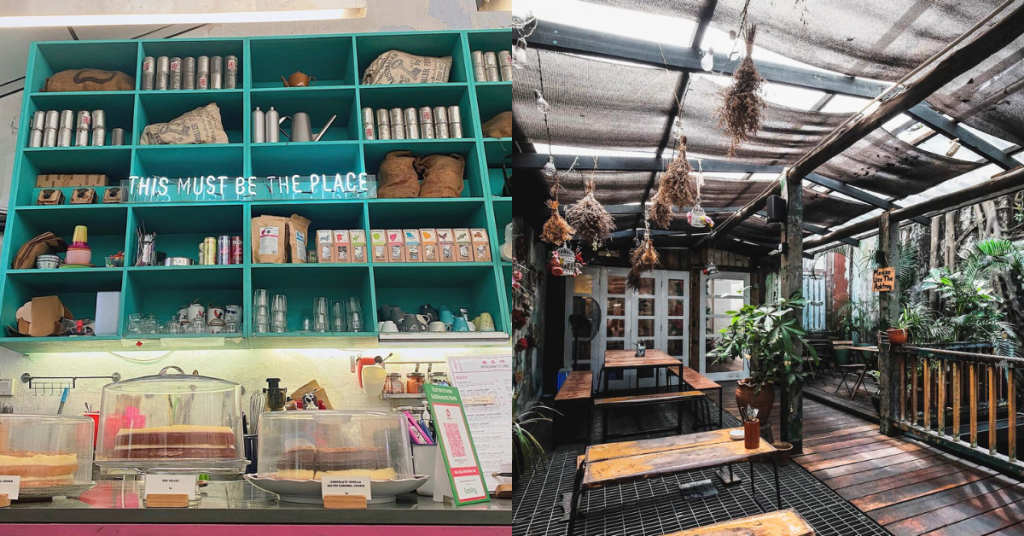
“If you stuff your shop full of foreign workers, then you gotta find something to attract people to come. F&B is the hardest [industry]. You might have a better chance trying to do anything else where there’s less madness,” he concluded.
5. Don’t be egotistical, you’re not always right
Contrary to popular belief, it’s not actually recommended to constantly change up your menu. Unless you run a very heavy, chef-based restaurant, Ken highly discourages this practice.
The reason being that once you start this then you can’t stop as customers will be expecting new items each visit.
“For us (Merchant’s Lane), we noticed that people like to come back for certain things,” Ken shared. These are the F&B offerings that you can’t swap out willy-nilly because they’re what keep people coming back for more.
“If people like something then sell it to them. I’m not gonna be fussy about it. If there’s demand, sell it.”
It’s a simple philosophy that anyone in or out of the F&B industry knows to practise. But this also means you have to put your ego aside. If you only serve the food that you think tastes good but your customers don’t like, they might not patronise your space again.
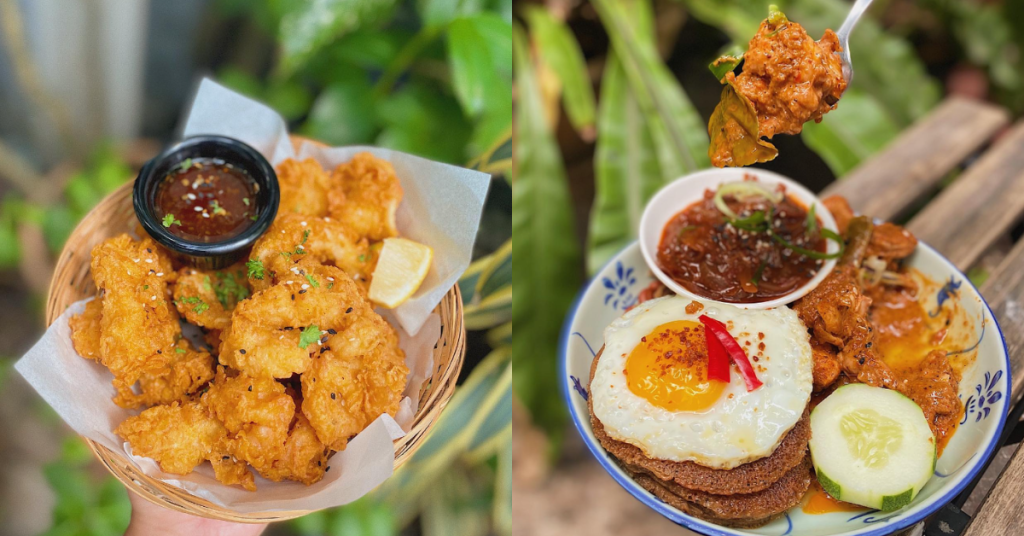
An easy way to tell what customers like is to look at the demand for each item. If more people are ordering it over a period of time, then you know you have a keeper.
- Read more about Merchant’s Lane here.
- Read about more Malaysian startups here.
Featured Image Credit: Merchant’s Lane

